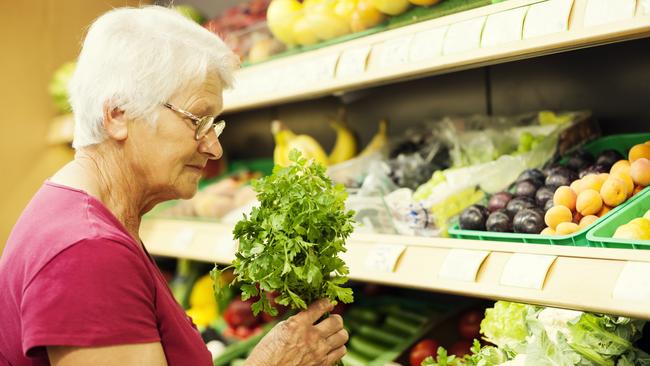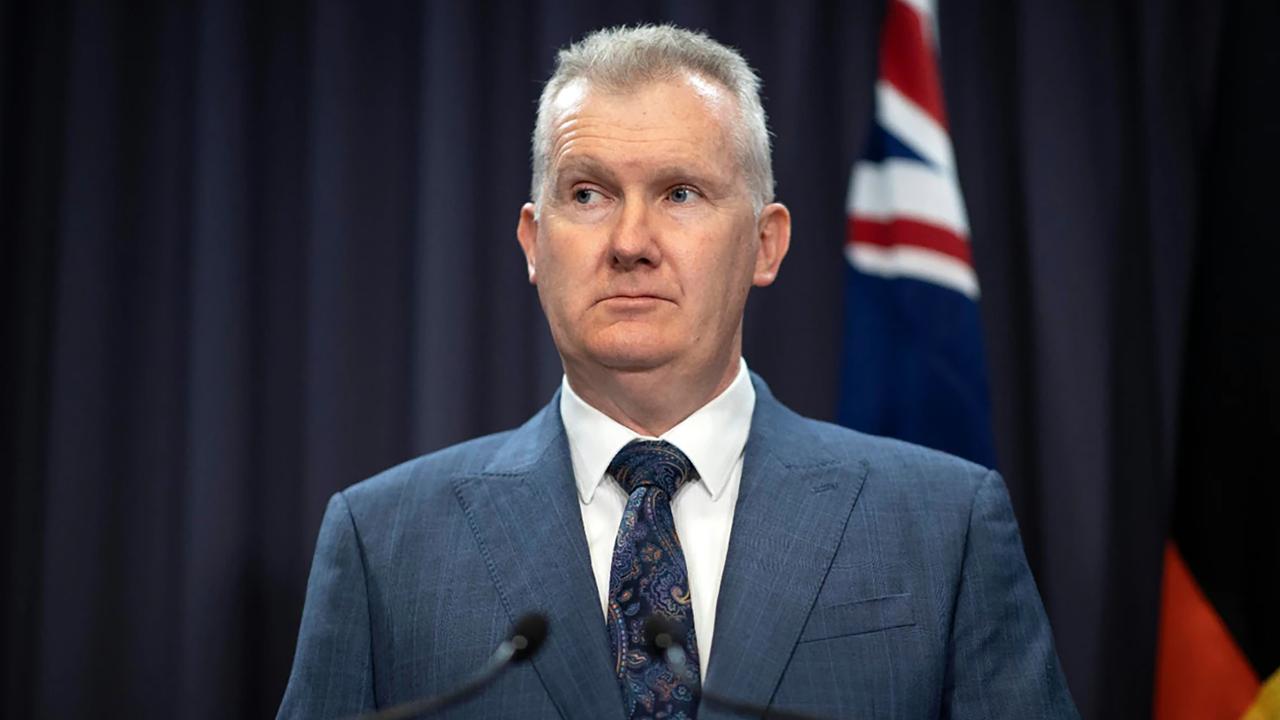Editorial: When healthy food is unaffordable
Families attempting to follow healthy eating guidelines have faced an 18 per cent price rise on the cost of those foods from 2019-22, writes the editor.

Opinion
Don't miss out on the headlines from Opinion. Followed categories will be added to My News.
Health is a new frontier of Queensland’s cost-of-living crisis as the price of nutritious foods increases at double the rate of junk foods.
New research shows the price difference between healthy and unhealthy food is at its highest since 2019. Those healthy and nutritious foods recommended by Australian Dietary Guidelines – a government backed program using evidence-based research to guide people on healthy eating – highlights a diet of meat, fish, vegetables, fruit, eggs, legumes, dairy and whole grains for a family of two adults and two children.
Families attempting to follow those guidelines have faced an 18 per cent price rise on the cost of those foods from 2019-22.
Simultaneously, the cost of more highly processed foods, such as chocolate, soft drinks, ice cream, chips, cakes, biscuits, takeaway foods and alcohol had increased by just 9 per cent.
This research, from the Australian Bureau of Statistics and the University of Queensland and published in today’s Courier Mail, is important if we are to take the threat of health conditions, including type 2 diabetes, heart disease and a range of cancers, seriously.
All of the above are linked in some way to obesity and obesity is now statistically linked to living a life of economic hardship right across the developed world. That is a fact that generations living just 100 years ago would struggle to comprehend, given that poverty was, until very recently in historical terms, synonymous with starvation.
But in 2024, as research from the Australian Institute of Health and Welfare makes abundantly clear, there is a clear correlation between obesity and those living in
lower-socio-economic areas.
The temptation to load up on cheaper foods while doing the weekly shopping, especially for those with low household incomes and a few hungry kids at home, is easily understood, given that more than 37 per cent of Queensland household incomes can be swallowed up by the grocery bill.
Those families facing such crippling financial circumstances that they cannot afford the groceries, and rely on food relief services, are perhaps even more vulnerable.
As Queensland Council of Social Services chief executive Aimee McVeigh points out, those services that provide free or low-cost food cannot always afford to access the higher-costing fresh produce that would benefit their clients.
It seems the cost of healthy food is something of a time bomb for Australia, with our government-funded health systems already groaning under the increasing demands of an ageing population.
Research commissioned by Health and Wellbeing Queensland shows that if we don’t cut the rate of childhood obesity in half, children born this decade will live 4.1 years less than their parents.
CASH WASTED ON EMPTY OFFICE SPACE
In a cost-of-living crisis, it does seem odd that we have a state government paying rent of $310,000 a year for inner city office space that is largely unoccupied.
The curious case of the Queensland Treasury Corporation’s lease of an office in Brisbane’s Ann Street is outlined in a story in today’s Courier-Mail by state political editor Hayden Johnson.
QTC says the space is needed because of the risk of a power outage affecting its urgent transactions in domestic and global capital markets.
To avoid the state’s billion-dollar funding program being compromised by said power outages, it has sought a second site on a different electricity grid.
We understand the need for a contingency plan in the event of a power failure, and we grasp the value and importance of the QTC as the state’s central financing authority.
But renting a largely empty office at a cost of more than $1.5m over five years?
And choosing an office space in a premium, high-end part of the city? It’s the type of office space small businesses could only dream of. Surely there has to be a cheaper alternative.
And at a time when every one else is penny pinching, it is reasonable for taxpayers to expect a better use of their money.
As shadow treasurer David Janetzki has suggested, could not a government-owned facility have been accessed to provide the alternative accommodation in a power outage?
We do, for example, have a Queensland Disaster Management Centre located at Kedron.
Many ordinary Queenslanders struggling with a housing crisis as well as crippling cost-of-living pressures will question this $310,000 annual outlay for offices that are largely deserted most weeks of the year.
As Janetzki says, in the middle of a cost-of-living crisis: “Every taxpayer dollar counts.’’
Responsibility for election comment is taken by Chris Jones, corner of Mayne Rd & Campbell St, Bowen Hills, Qld 4006. Printed and published by NEWSQUEENSLAND (ACN 009 661 778). Contact details here


